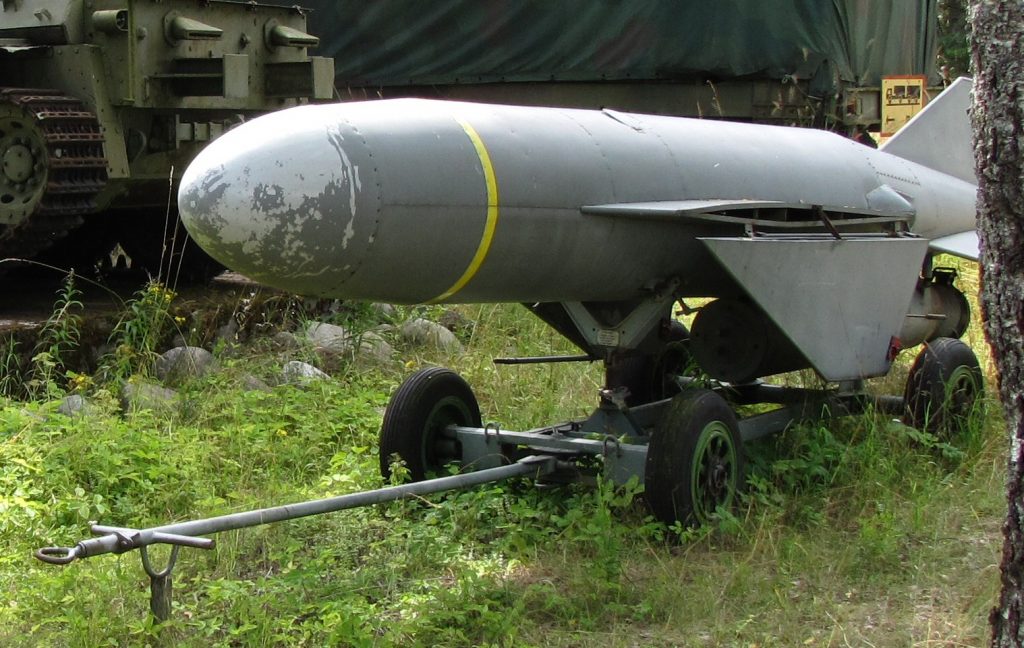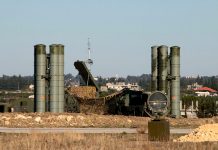
In a region where strategic balance hinges on nuclear deterrence and advanced aerial capabilities, the arrival of high-tech weaponry can significantly alter the power dynamics.
Recently, social media platform X was abuzz with claims from an account named The STRATCOM Bureau, alleging that China has urgently supplied Pakistan with PL-15 long-range air-to-air missiles, intended for its JF-17 fighter aircraft.
This purported delivery, said to be prompted by rising tensions between Pakistan and India, points to China’s increasing involvement as a rapid-response defense partner in South Asia. While official confirmation is lacking, the claims align with China’s pattern of equipping allies with vital military assets during key geopolitical moments—moves that could reshape regional power structures and global perceptions.
According to the post, which included an image of a JF-17 allegedly armed with the PL-15, the missiles came not from export stock but directly from the People’s Liberation Army Air Force’s inventory, implying a transfer of higher-spec equipment generally reserved for domestic use. The message described the act as swift and strategic, portraying China as a model ally.
Although caution is warranted when evaluating unverified social media content, the claim complements China’s broader military outreach, wherein it leverages its defense production capabilities to aid partners during crises. The speed with which this alleged transfer was made points to a logistical proficiency uncommon among most arms-exporting nations. Unlike traditional weapons sales, which often involve protracted deals and production delays, this case suggests pre-established coordination between Beijing and Islamabad.
For comparison, the U.S. demonstrated similar rapidity during the early 2022 phase of the Ukraine conflict, expediting Javelin missile shipments to Kyiv. While China’s actions are less publicized in Western discourse, they are no less consequential.
Backed by major state-owned defense firms like the Aviation Industry Corporation of China, Beijing has significantly expanded its defense manufacturing capacity and streamlined its supply systems. This enables quick response times to allies, placing China as a major competitor to established arms exporters like the U.S. and Russia.
The PL-15 missile itself is a key component of modern aerial warfare. Developed by the China Airborne Missile Academy in Luoyang, it features active radar guidance, a two-way data link, and a dual-pulse rocket motor, offering a strike range estimated between 120 and 190 miles. Its seeker and guidance systems allow precise targeting and adaptability against agile fighters and high-value targets, such as AWACS aircraft.
With aerodynamic features tailored for compatibility with stealth aircraft like China’s J-20, the PL-15 is also well-suited to the JF-17 Block III, which incorporates the advanced KLJ-7A AESA radar. This integration markedly enhances Pakistan’s long-range strike capability.
The missile’s capabilities are often compared to the U.S. AIM-120D AMRAAM and the European MBDA Meteor. The PL-15’s longer reach potentially gives Pakistan a notable advantage, allowing it to engage key Indian assets from beyond retaliation range. If the claim regarding non-export variants is accurate, the delivered missiles could surpass the 90-mile range of the PL-15E export model.
India’s current mainstay beyond-visual-range missile, the Astra Mk-1, has a shorter range of about 68 miles. The Astra Mk-2, aiming for 100 miles, is still under development. India also deploys the Meteor missile with its Rafale fighters, but the PL-15’s range potentially challenges even that.
Should Pakistan indeed possess enhanced-range PL-15s, it might force India to hasten its missile programs or look externally for alternatives, including Russia’s R-37M, which reportedly reaches up to 250 miles.
This alleged missile transfer occurs amid renewed India-Pakistan friction, particularly over Kashmir. A deadly attack on tourists in the region, reportedly resulting in 26 fatalities, has triggered a fresh wave of diplomatic and military responses. India revoked Pakistani visas and expelled diplomats, while Pakistan retaliated with airspace closures and trade restrictions.
These developments echo past confrontations, such as the 2019 Balakot incident, which saw aerial engagements between the two nations. In that event, a Pakistani JF-17 allegedly shot down an Indian MiG-21 using a PL-12 missile—though India attributed the downing to its F-16 fleet and U.S.-made missiles.
Although the current standoff has not yet escalated to open conflict, it has reignited regional anxieties. Both countries maintain powerful air forces and are capable of rapid mobilization. Their ongoing rivalry has consistently driven military modernization efforts, with Pakistan leaning heavily on Chinese support, while India diversifies between Russian, French, and domestic platforms.
China’s defense relationship with Pakistan is long-standing, culminating in joint projects like the JF-17. Initially envisioned as a replacement for aging fleets, the JF-17 has evolved into a robust multi-role aircraft. The Block III variant, costing around $32 million per unit, offers significant capabilities at a lower price than competitors like India’s Rafale, which costs over $80 million per aircraft. The PL-15 addition only enhances its strategic value.
China’s reasons for such support extend beyond its bilateral ties with Pakistan. With its own disputes with India—particularly along the Himalayan border—China benefits from reinforcing a key regional ally, thereby complicating India’s security calculus. This approach aligns with Beijing’s broader strategy of countering Indian influence in the Indo-Pacific, where India cooperates with the U.S., Japan, and Australia through alliances like the Quad.
If validated, this missile delivery reflects China’s ability to influence regional security through targeted support rather than direct confrontation. Its growing arms export footprint also challenges traditional suppliers, especially the U.S., which launched the AIM-260 program in response to the PL-15’s development. That missile is intended to exceed the capabilities of the aging AIM-120 and is expected to enter service mid-decade.
Meanwhile, Russian influence in global arms markets has declined, as China expands its reach in Asia and Africa. Nations such as Myanmar and Nigeria also operate JF-17s armed with Chinese munitions, further demonstrating China’s expanding defense export presence.
In military terms, the PL-15 empowers Pakistan to conduct effective air denial missions, threatening vital Indian assets from extended distances. This could limit India’s operational flexibility in sensitive areas like Kashmir. However, operational success will depend on Pakistan’s ability to maintain and integrate the system effectively, including training and infrastructure.
While there have been concerns about the reliability of the JF-17’s Russian-supplied RD-93 engines, Pakistan has reportedly secured direct supply agreements with Moscow to mitigate these issues.
Although the STRATCOM Bureau’s post is the first alleged visual evidence of a PL-15-equipped JF-17, its authenticity remains uncertain. Social media often accelerates defense news cycles, but without confirmation from Beijing or Islamabad, the full extent of this development remains speculative. Nevertheless, the missile’s reported presence has sparked debate among military observers due to its distinctive design features.
If real, this deployment would mark a milestone in Pakistan’s air force evolution, especially following its participation in multinational drills like Victory Spear 2025 in Saudi Arabia. There, the JF-17 Block III flew alongside aircraft like the F-15 and Rafale, showcasing its growing prominence.
Looking forward, the situation prompts broader questions about the trajectory of South Asian security. Will China continue to strengthen regional partners through expedited arms transfers? How will India react—through accelerated domestic development or new international purchases?
While programs like the Astra Mk-2 or potential acquisitions like the R-37M offer pathways to balance, budget constraints and development delays may slow their deployment. At the same time, enhanced Pakistani capabilities could embolden bolder strategies in future encounters, prompting more aggressive countermeasures from India and perpetuating the regional arms race.
With no official acknowledgment of the PL-15 shipment, the situation underscores the challenges of relying on open-source intelligence, where perception can often rival fact in shaping policy and opinion.
Ultimately, the reported delivery signals China’s growing influence in defense geopolitics. By arming its allies with cutting-edge systems, Beijing is asserting itself as a central player in shaping the future of international security. For Western powers, this development is a call to rethink traditional models of defense diplomacy, where speed and strategic alignment now carry as much weight as technical supremacy.
Still, the core question persists: In a region riddled with deep-seated mistrust and historical rivalries, will these advancements deter conflict—or sow the seeds of the next confrontation?





